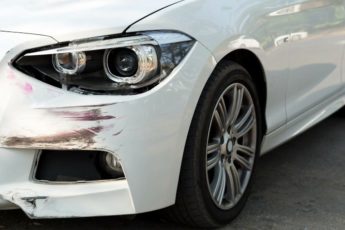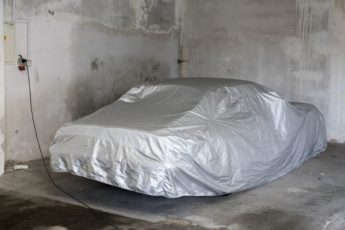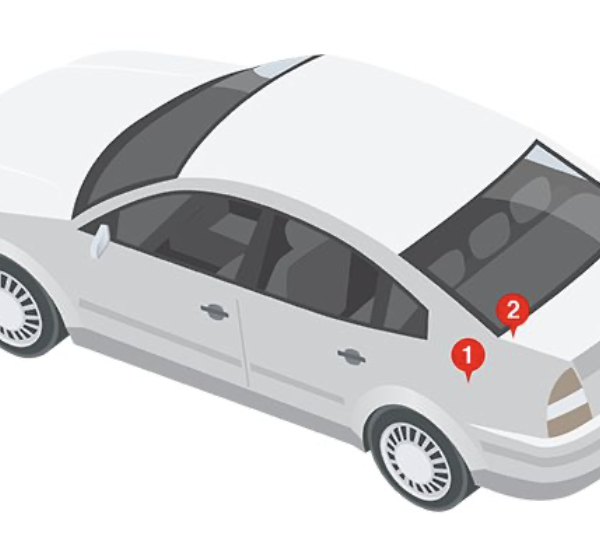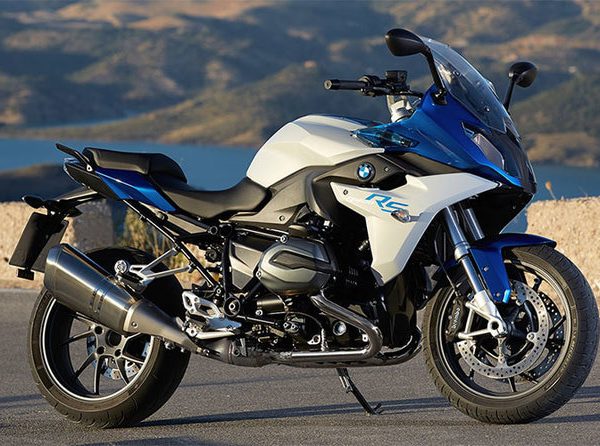The Car Wash Dilemma
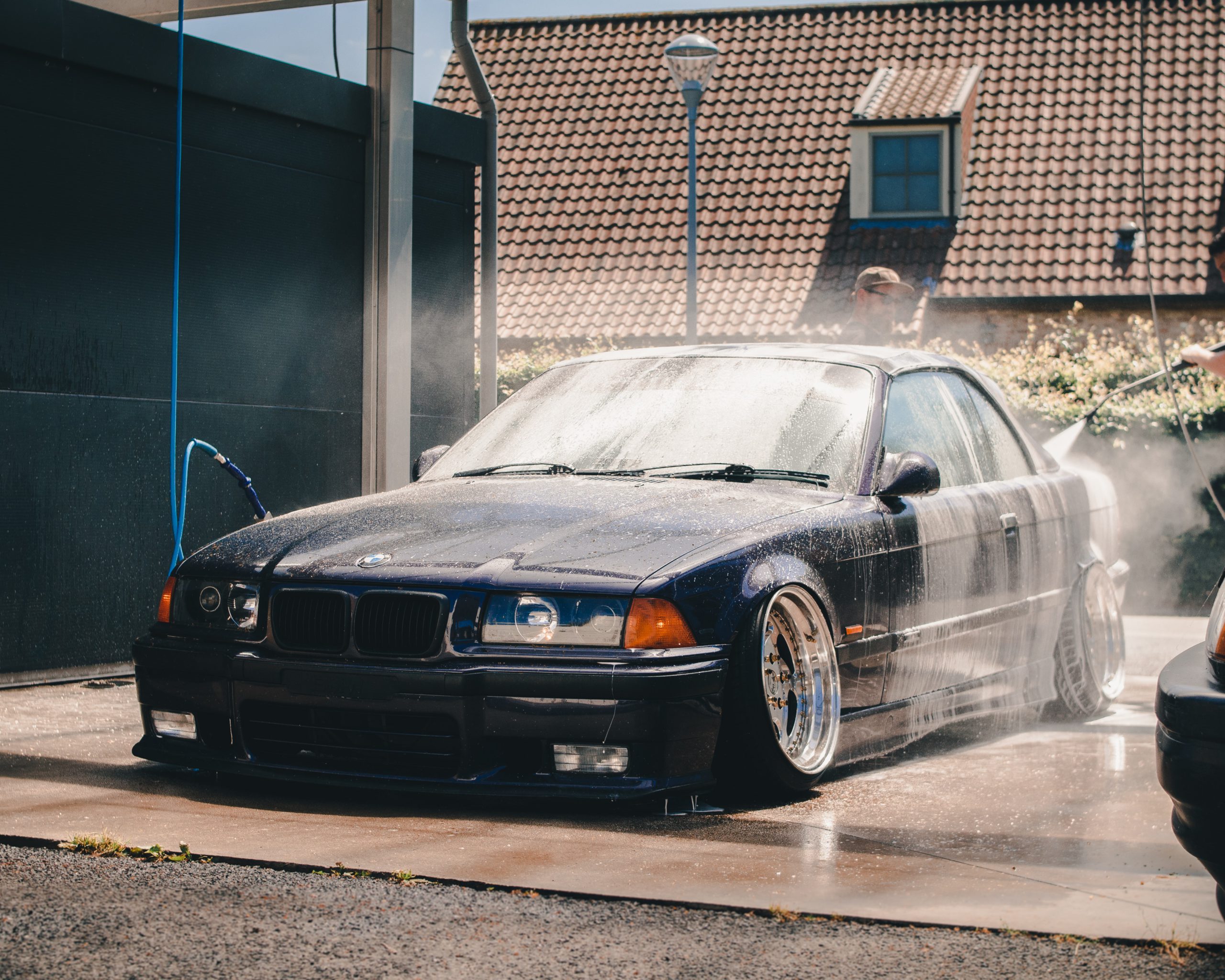
Here is a dilemma. You need to wash your car when it gets dirty. If you don’t, it could cause genuine problems both superficial and automotive. But you have things to do and cleaning your vehicle takes time. Enter: The Car Wash. Easy and quick, it’ll get your car clean. Unfortunately, many automotive professionals strongly recommend that you keep your car away from such places. Why? Well, let’s run down the types of car washes and the various problems that come with each.
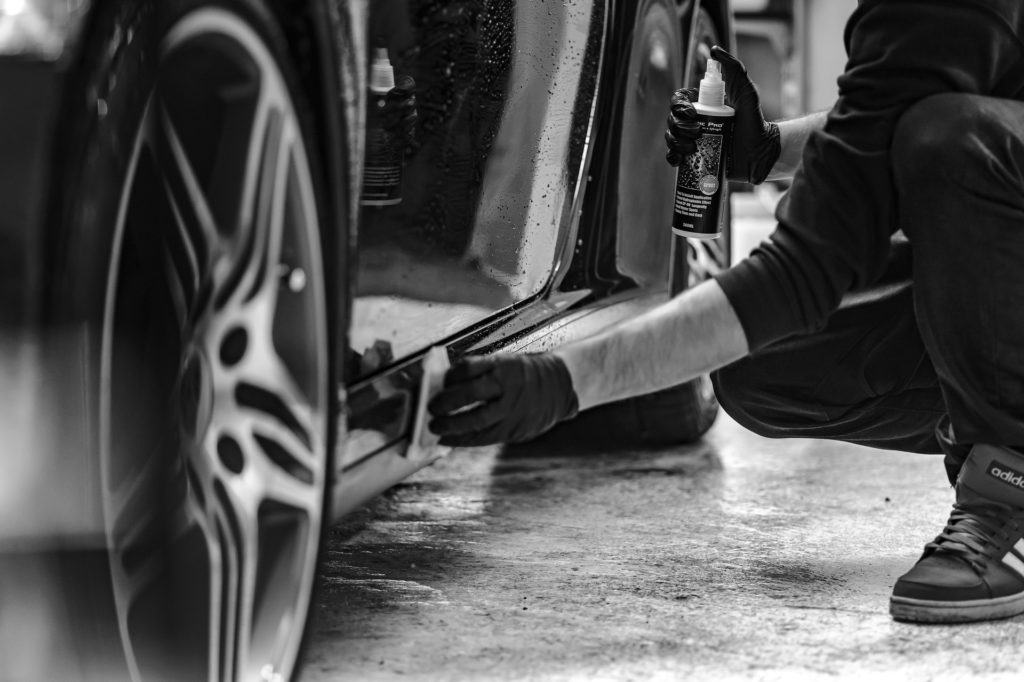
Tunnel Car Wash With Brushes
First, we have the traditional car washes. They have bristled brushes that spin around your car to get it clean. The inherent problem with this is that the brushes pick up grit, like dirt and rocks. “But isn’t that what they’re supposed to do?” you ask. The issue here is that, unless they’re thoroughly cleaning the bristles between every single washing, you are getting the grit from every car they’ve washed that day slapped against your paint job at high speeds. They are basically just grinding abrasive materials into your car’s coat as they clean.
Brushless Car Wash
People have been wary of brush type of car wash for ages. It is from this sentiment that the brushless/soft cloth type has emerged. These are the big soft flaps that hang from the ceiling like noodles and gently wipe away the dirt from your car. So what’s wrong with our gentle noodle flaps? Well…exactly the same thing as the bristles. The flaps still pick up abrasive elements off cars. It doesn’t matter how soft the cloth is if they’re scrubbing these elements into your car’s finish.
Touchless Car Wash
The last type we’ll cover is the touchless car wash. Also called laser washing, these types use powerful pressure nozzles to blast water, air and cleaning detergent at your car. The cleaning won’t be as thorough, but will likely scratch less since it has no bristles or cloth hitting your vehicle. But to compensate for this weakness, touchless car washes use harsher chemicals designed to dissolve dirt. It may also strip your vehicle of its protective layers.,
So…we’ve just thrown a lot of scary information at you. We understand that you are a busy person who likely doesn’t have the time to hand clean your vehicle every time it gets dirty. The world won’t end if you go to a car wash. Cars built in the last 10 years have a fairly strong protective coat so who knows. You might get scratches, you might not. But hey, at least you know a good touch up paint place if that happens. But just in case we’ve scared you enough to swear off car washes forever, let’s talk about the right way to hand wash your car. ,
If you’re willing to pay a little more, there are obviously places that will hand wash your car for you. Do your research and make sure that they’ll do right by your car. If paying for this service doesn’t appeal to you, keep reading.
Hand Washing Your Car
You have to be very careful when hand washing your vehicle. You need to have the right tools and technique to make sure that you don’t damage your paint job. Let’s talk about some things you shouldn’t do when washing your car.,
- Don’t wash your car in direct sunlight or when the car is hot. Water and soap dry quicker in heat. It makes the actual washing of the car more difficult and could have negative effects on your vehicle’s exterior.
- Don’t use household cleaning products to clean your car. Buy products meant for cleaning cars. When you buy these detergents, research carefully to make sure it’s right for your vehicle. This goes for the cloth you’re using to clean as well. We recommend using a microfiber towel or wash mitt. You will need a few of these.
- If you drop your towel or sponge at any point, you have to give it a thorough washing. Just touching the ground means that it’s got all sorts of abrasives on it.
Now that’s out of the way, we can get to washing that car! Divide your vehicle into sections. Cleaning specific areas at a time is more effective than just doing everything at once. Go area by area. At the start of each section, make sure to give them a good rinse with water. This will get rid of any excess dirt so you don’t end up rubbing it into the car as you clean. As for the actual cleaning, lots of automotive experts recommend the Three Bucket System. To start this, you need to get three buckets. When you have your buckets:
- Fill Bucket #1 with water and soap (to dip your sponge/cloth in)
- Fill Bucket #2 with water (to clean your sponge/cloth)
- Fill Bucket #3 with water and cleaning solution (to clean your wheels)
You might want to label these buckets somehow to make sure you don’t mix them up. After you’ve done your rinse, dip your cloth or mitt in Bucket #1. Gently wash the section but make sure that you are wiping straight across the length of the panel. Don’t use circular motions. This will lead to swirls, very fine scratches, appearing on your vehicle. When you’re done with the section, wash out your towel in Bucket #2. You should switch out the water in this bucket in between sections. Drying in the sun is bad for your paint so take a separate microfiber cloth and dry the section yourself. Move on to the next section and repeat.
Wondering about Bucket #3? Don’t worry, we haven’t forgotten her. She is for the wheels. Get a new cloth for this section. This also has nothing to do with the first two buckets. They can go. When you’re washing the wheels, try not to get the contents of Bucket #3 on your tires. But if you do, don’t worry. Just make sure that you get it all out when you rinse after you’re done cleaning.
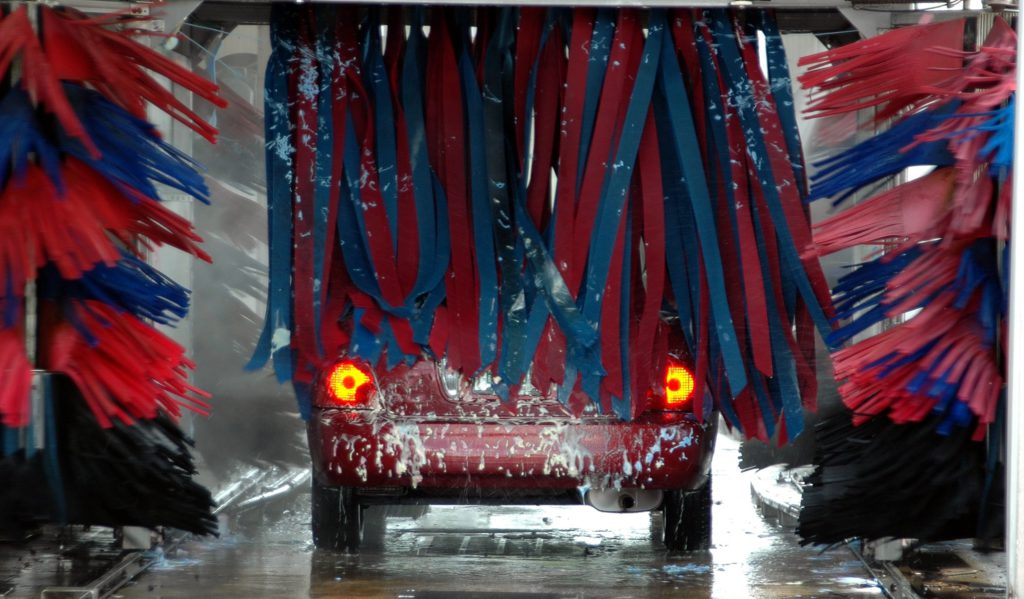
Here’s a quick summary:
1. Rinse your car beforehand
2. Brush-full Car Washes
- Bristley, old timey brushes
- Gets grit and rocks maybe from previous cars they’ve washed and rubs them on your car at high speeds
3. Brushless/Soft Cloth Car Washes
- Big soft cloth flaps
- Also gets grit and rocks from previous cars they’ve washed and rubs them on your car at less high speeds
4. Touchless Car Washes
- Safer
- Less effective at getting all the dirt off your car
- Uses harsh chemicals
- Like “spraying acid” at your car.
5. How To Wash Your Car At Home
- Don’t wash your car in direct sunlight
- Don’t use dish soap

 Cart
Cart
 Help Desk
Help Desk

